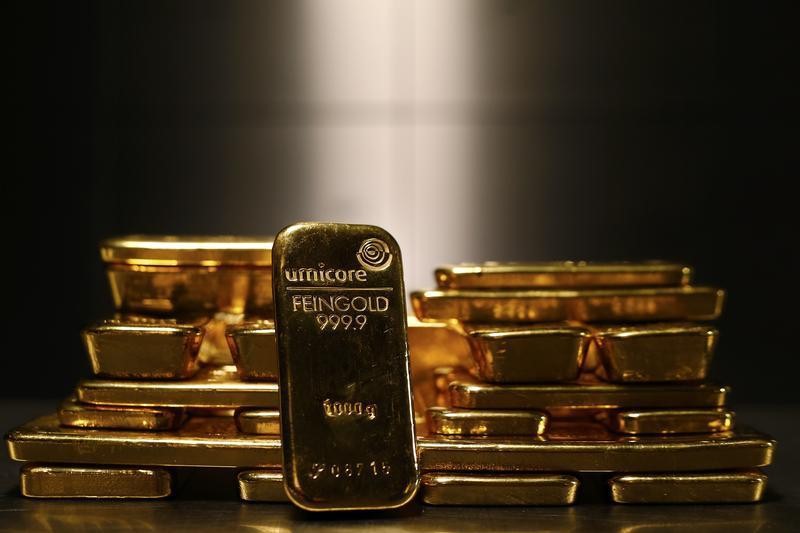By Barani Krishnan
Investing.com - Gold prices rose for a fourth straight day on Wednesday, extending their recovery from last week’s tumble, on expectations that the U.S. economy will experience a “reflation” pop from President Joe Biden’s planned $1.9 trillion Covid-19 stimulus.
Reflation is a fiscal or monetary policy designed to expand output, stimulate spending, and curb the effects of deflation, which usually occurs after a period of economic uncertainty or a recession. It is also used at times to describe the first phase of economic recovery after a period of contraction.
Benchmark gold futures for April delivery on New York’s Comex settled up $5.20, or 0.3%, at $1,842.70. Since its tumble to 10-week lows beneath $1,785 on Feb. 4, gold has rebounded more than 3%, hitting a one-week high of 1,856.45 on Wednesday.
The latest rebound came after the U.S. Labor Department reported that the consumer price index rose 0.3% last month, after climbing 0.4% in December. It was a sign that prices rose modestly as underlying inflation remained benign amid the coronavirus pandemic’s continued drag on the economy.
Federal Reserve Chairman Jay Powell, meanwhile, told the New York Economic Club in a live-streamed address that the United States was “still very far” from a strong jobs market and that inflation was not expected to grow meaningfully in the near term.
“A weak inflation report signaled the taper tantrum might be further away than we are thinking,” said Ed Moya, analyst at New York’s OANDA. “Inflation is undoubtedly coming but it is expected to be short-lived. If inflation takes a little while longer to heat up, that could let the punchbowl of stimulus to overflow.”
Moya also said the elevated uncertainty of the labor market could help gold’s advance. “A return to maximum employment is probably much further away as many businesses focus on automation and dealing with smaller workforces. The Fed put is not going away anytime soon and that should be very positive for gold prices in the long-term.”
Gold’s quality as a haven had been in question since August, after it came off record highs of above $2,000 to hover at $1,900 first, before falling to $1,700 territory in November and December as Covid-19 vaccine breakthroughs boosted the dollar and U.S. bond yields on economic recovery hopes.
On Wednesday, the Dollar Index was flat while the U.S. 10-year Treasury note was down, retreating from last week’s surge.
